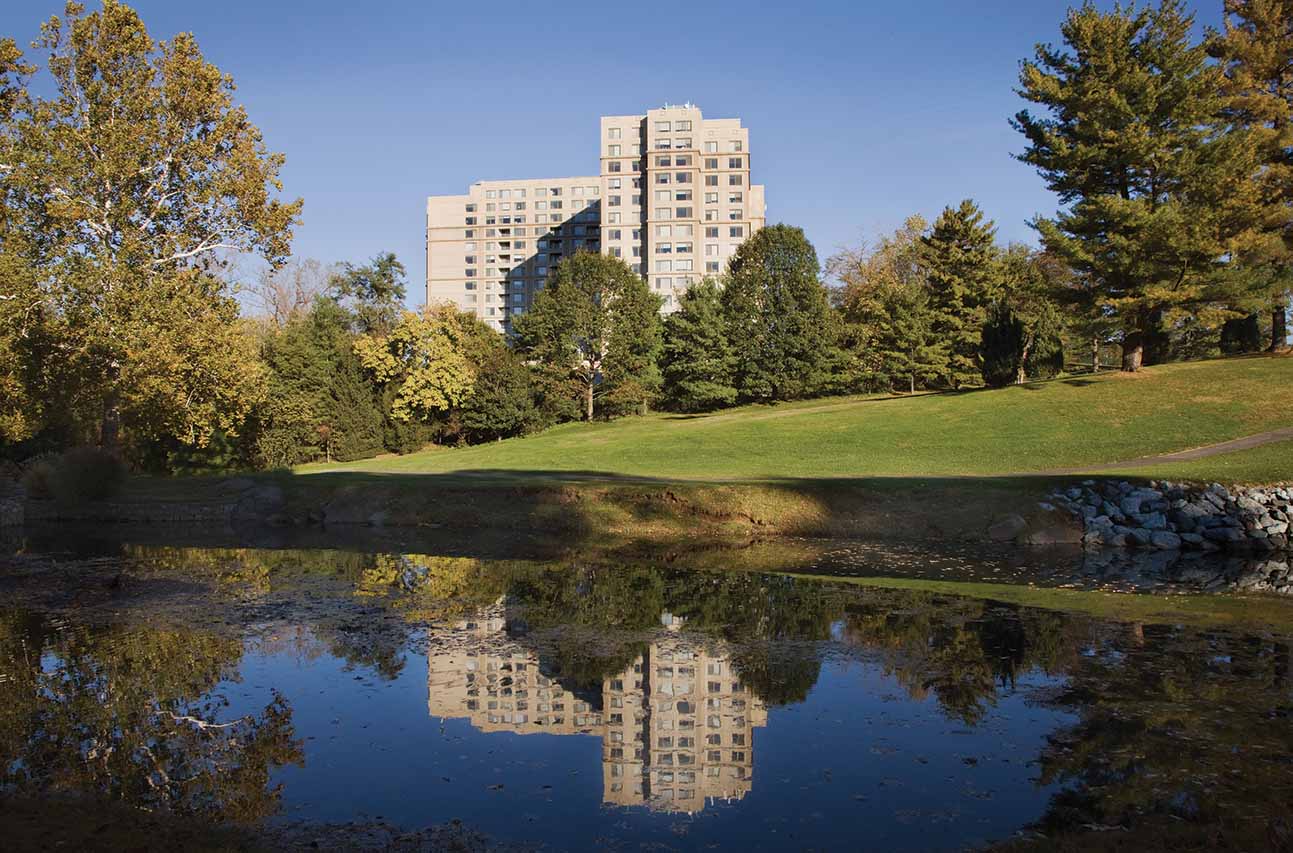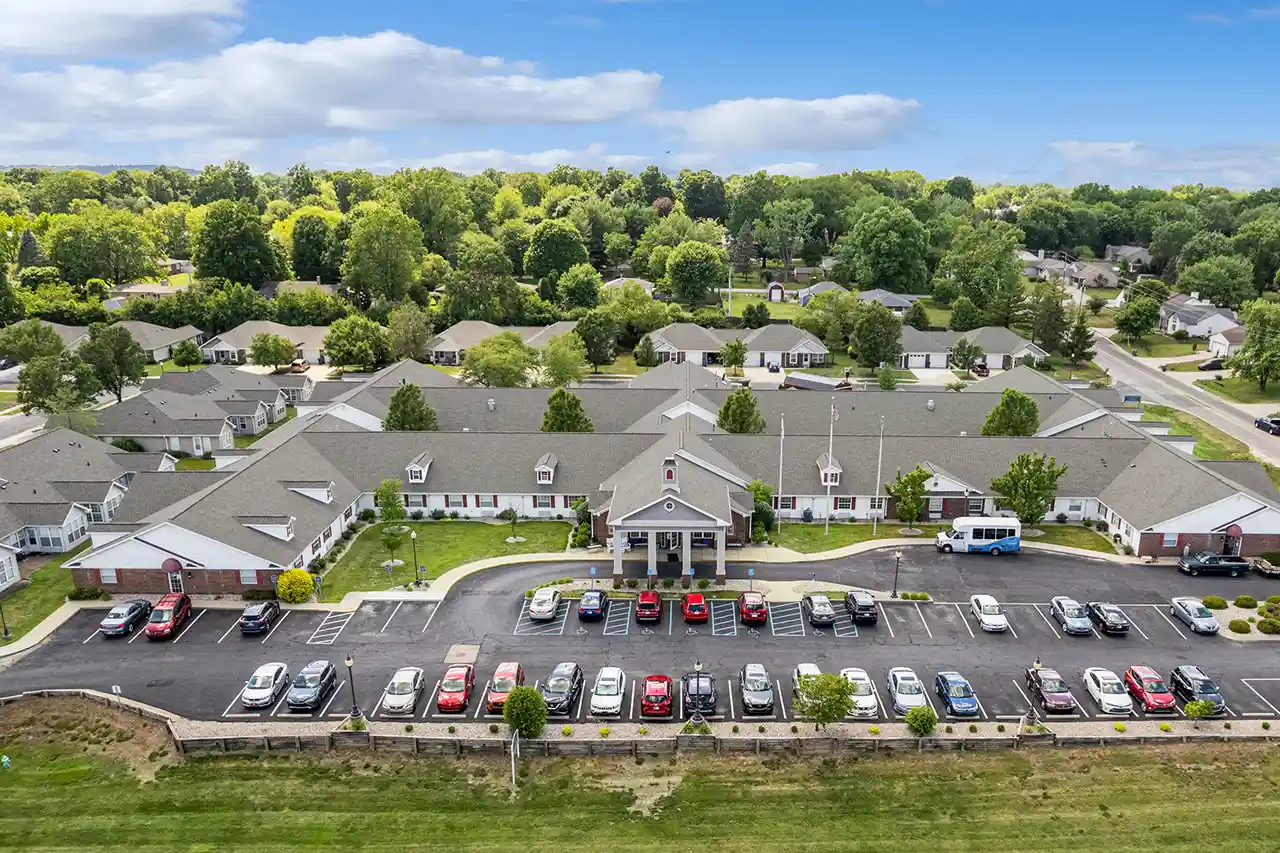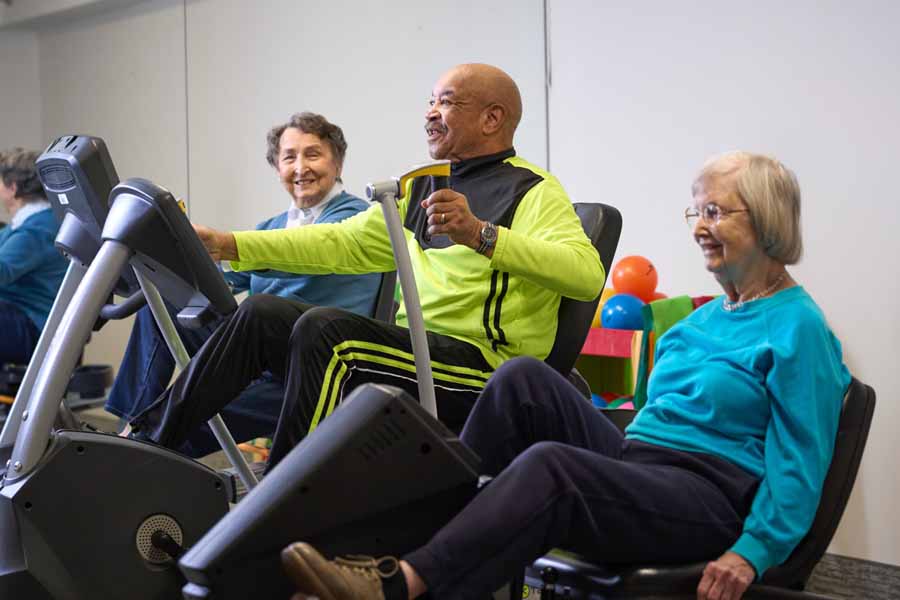Looking for the perfect place to retire in the Mid-Atlantic? Put Maryland at the top of your list. With its blend of scenic beaches, charming small towns, vibrant cities, and proximity to world-class healthcare, Maryland offers everything retirees need to enjoy their golden years.
From a temperate four-season climate to tax perks like no Social Security tax, the state is built for aging well. Whether you’re after an active social lifestyle or quiet relaxation, Maryland’s diverse communities, close proximity to Washington D.C., and natural beauty make it a top-tier retirement destination.
Here are some of the best cities in Maryland to retire, each with its own unique flavor of comfort, care, and community.
Best Places to Live in Maryland for Retirees
Chevy Chase
This is one of the best places to retire in Maryland, nestled just outside Washington, D.C., it is a dream for retirees who enjoy the perks of an urban environment without the hustle and bustle. Chevy Chase is known for its tree-lined streets, high walkability, and access to world-class healthcare and shopping. It’s no surprise this suburb tops many lists of the best places to retire in Maryland, including best small town to retire in.
What truly sets Chevy Chase apart is its cultural vibrancy. Museums, theaters, and fine dining are all within easy reach, while green spaces and parks invite relaxed strolls or peaceful afternoons. In short, this place has something for everyone.
Five Star Premier Residences of Chevy Chase – An upscale senior living community offering independent living and assisted living options in one of Maryland’s most desirable neighborhoods. Here, senior living meets luxury. Residents enjoy chef-prepared meals, engaging social events, wellness programs, and personalized care.
Silver Spring
Silver Spring is a vibrant community bordering Washington, D.C. The main attractions here are the lively downtown area, which includes restaurants, shopping, live music, and art galleries. It’s a great choice for active retirees who crave a unique combination of convenience and cultural activities.
If you are looking for a blend of suburban peace and urban energy, plus access to top-notch hospitals and transportation systems, then Silver Spring should be at the top of your list. It’s also a particularly welcoming community, making it a great spot for forging new friendships.
Aspenwood Senior Living Community – It’s a peaceful senior living retreat offering independent living and assisted living tucked in a wooded neighborhood in Silver Spring. Residents here can enjoy personalized support and engaging activities, along with close proximity to parks, shops, and top medical centers.
Frederick
If you are looking for historic charm combined with modern convenience, Frederick is the perfect location for you. This city is located in western Maryland, featuring cobblestone streets, vibrant arts, and ample outdoors activities.
The best part? Frederick has a comparatively lower cost of living while still offering a high quality of life – all essentials for a perfect retirement location.
HeartFields Assisted Living at Frederick – A vibrant assisted living and memory care community with a close-knit feel, offering tailored care and daily enrichment in historic Frederick. Retirees can explore the nearby downtown charm or relax onsite in beautifully landscaped courtyards.
Somerford House & Place Frederick – Just five miles west of HeartFields Assisted Living at Frederick, is Somerford House & Place Frederick, also nestled in a serene setting, offering both assisted living and memory care. Residents enjoy cozy accommodations, walking paths, and a strong sense of community.
Both of these communities emphasize dignity, independence, and personal fulfillment.
Easton
An ideal pick for retirees who crave small-town charm with big-time character. This quaint town on Maryland’s Eastern Shore near Annapolis, Baltimore, and Wilmington is rich in art, history, and waterfront views. Easton, as a small town, consistently ranks as one of the best places to retire in Maryland.
Residents here have access to boutique shops, cozy cafes, and an active community theater. All these conveniences make it easy to feel right at home here. Plus, the cost of living is relatively lower compared to more urban parts of the state.
HeartFields Assisted Living at Easton – A warm and welcoming senior living community offering assisted living and memory care. Enjoy chef-prepared meals, beautifully landscaped grounds, caring team members, and community-provided transportation to take advantage of all that Easton has to offer.
Hagerstown
Hagerstown, located in northern Maryland, is a top-ranked city for retirees. The best part about this town is the relatively lower cost of living and diverse cultural and food scene. Retirees can enjoy local farmers’ markets, highly-rated restaurants, and a variety of historical attractions.
Somerford House & Place Hagerstown – This community combines compassionate support with engaging programs, providing assisted living and memory care in a quiet, residential part of Hagerstown. Residents can enjoy all that Five Star Senior Living and Hagerstown have to offer with personalized service, connection, and compassionate support.
Discover Five Star Senior Living in Maryland
Whether you’re attracted to the urban excitement of neighboring Washington D.C. towns, or the historic charm of small towns like Frederick, Five Star Senior Living has a senior living community in Maryland to match your idea of home. With 8 locations across the state, each one is thoughtfully designed to offer the care you need and the retirement you’ve earned.
Ready to find your perfect fit? Visit a Five Star Senior Living community in Maryland, meet our welcoming residents, and experience the lifestyle that could soon be yours.










